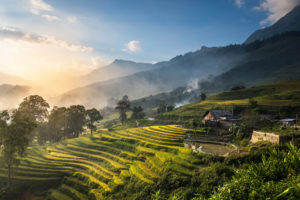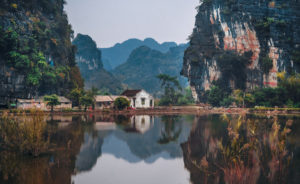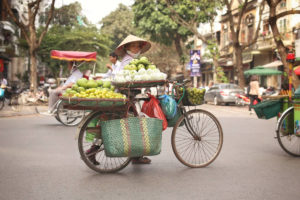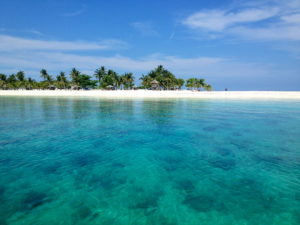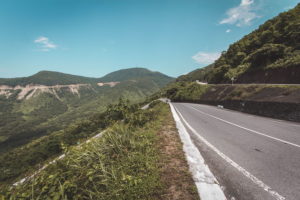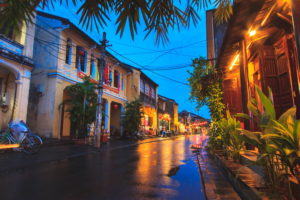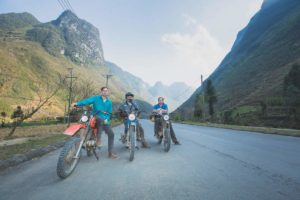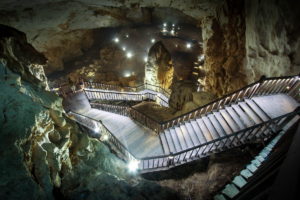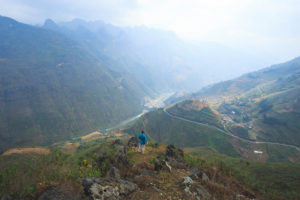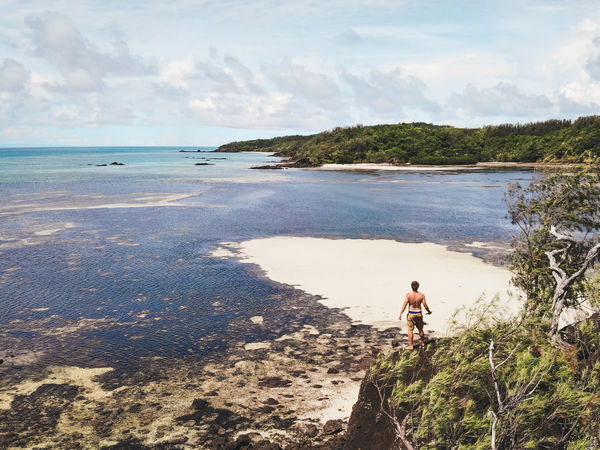Hue attractions and experiences not to miss
Most visitors are totally clueless about things to do in Hue. The most common advice I had received from other travelers was to skip Hue. I was told multiple times it was meant to be boring with nothing to offer. But I found completely the opposite.
This guide will prepare you for one of the most culturally diverse cities in my entire 2 month Vietnam travel itinerary. There are multiple eras of history in this small place. In one day you can travel through the ancient Imperial times to the Vietnam War period then back to the current day.
I didn’t plan on staying in Hue long. However, an unplanned visa extension meant I’d be here for an entire week. So I set out with a mission to find the best things to do in Hue and change the perception of this apparently boring city.
In this article, I’ve detailed some of Hue’s attractions in and around town. You can easily reach all of these places by motorbike or bicycle.
[toc]
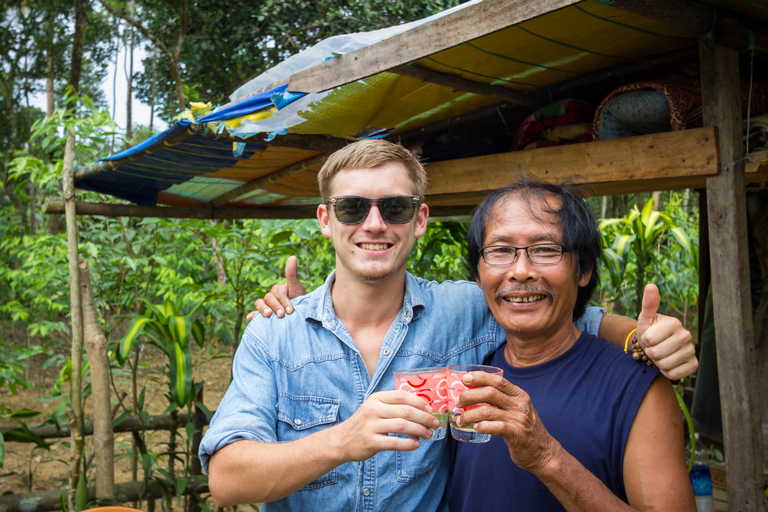
Hue Imperial City (The Citadel)
One of the most iconic things to do in Hue is to visit the Hue Imperial City. The ancient Imperial City covers a huge four square kilometers which you can easily spend an entire day exploring. This old city was built back in 1802 and has survived the wars which have ravaged the area.
Impressively the Imperial City is still home to a lively community. This gives the Imperial City an authentic and lively feel. You can stop by at local shops for a lunch of Pho noodle soup or a fresh cup of sugar cane juice.
Within the Hue Imperial City, you will find the Purple Forbidden City. This is where Emperor Gia Long and his family lived during his reign of the Vietnamese Dynasty. I highly suggest you explore this inner section of the Hue Imperial City.
Entry to the Hue Imperial City costs 150,000 VND (USD 7) per person. It is more expensive than most of the other Hue attractions, but still well worth the money.
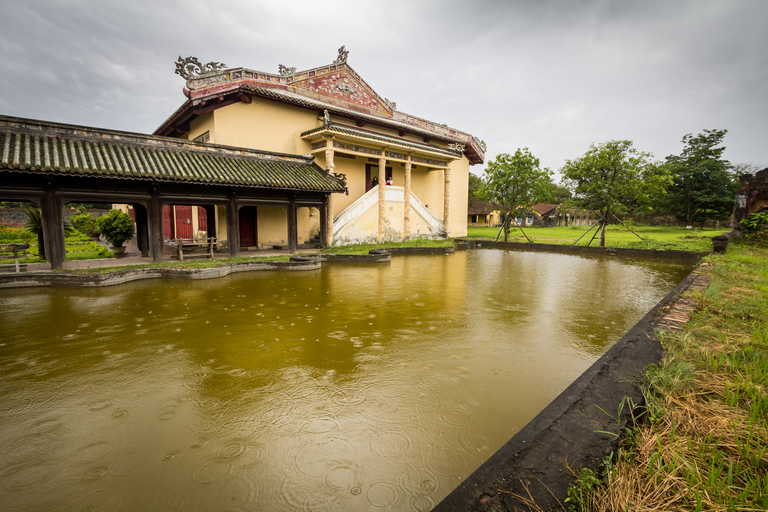
Thien Mu Pagoda on the Perfume River
The Thien Mu Pagoda is another popular Hue attraction to visit. It is located about 3 kilometers west of Hue town center. At 7 levels tall, the Thien Mu the pagoda is the tallest of its type in the whole of Vietnam.
The Thien Mu Pagoda is the former home of the monk Thich Quang Duc. Thich Quang Duc is famously known for being the monk who doused himself in petrol and burned himself to death in the busy Ho Chi Minh City streets in protest of the American War.
The Thien Mu Pagoda is still home to the car of Thich Quang Duc, the vehicle that was driven in Ho Chi Minh City to his place of death.
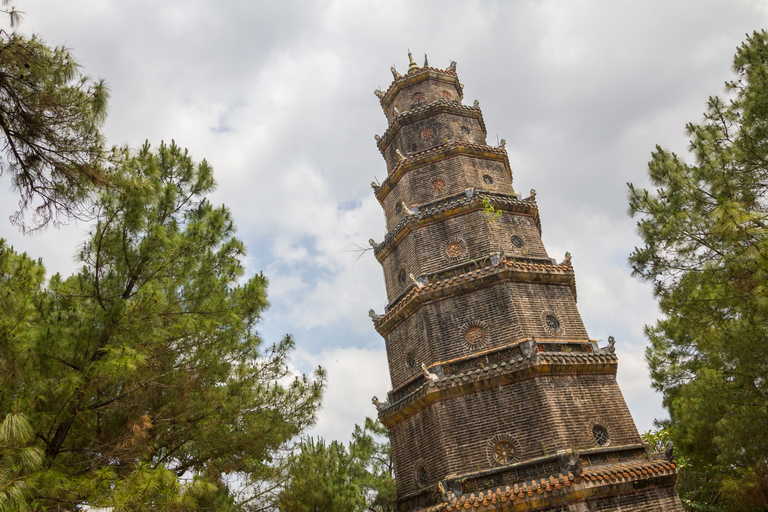
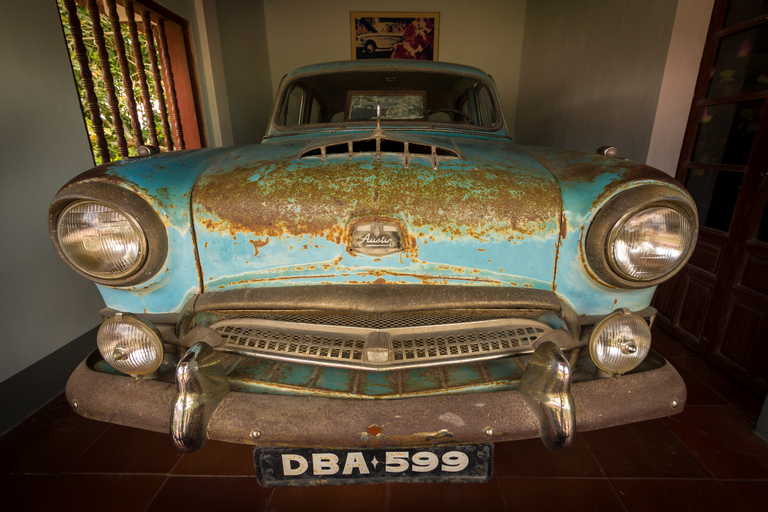
Get Out of the City for More Hue Attractions
Most people don’t know that there are so many things to do in Hue just a little further out of the city center. Having a motorcycle or bicycle makes visiting these attraction quite easy. If you are considering to buy and haven’t yet done so then read my guide on How to Buy a Motorbike in Vietnam.
If you are not so confident in riding the challenging roads of Vietnam alone then I suggest that you check out the official Easy Riders Tours. The Easy Riders Tours are quite popular across Vietnam and offer full day tours for exploring the outer reaches of Hue.
Bunker Hill – Hidden American War Bunkers
One of the least known things to do in Hue is the old war bunkers hidden in the forest overgrowth at Bunker Hill.
Out in the forest, there are a series of bunkers perched up on the hill overlooking the perfume river. They were built during the Vietnam War as a gun fort for the Americans as a vantage point over the Perfume River.
Bunker Hill is located about 10km outside of Hue. Finding directions to Bunker Hill online is difficult, however, click here to download my set of location pins attractions in Hue and you’ll be on your way.
As you head up to Bunker Hill you will pass small roadside stores where the local women make incense sticks. They split the wood by hand into thin sticks then rub into a mixture of spices. These are later burned at a temple.

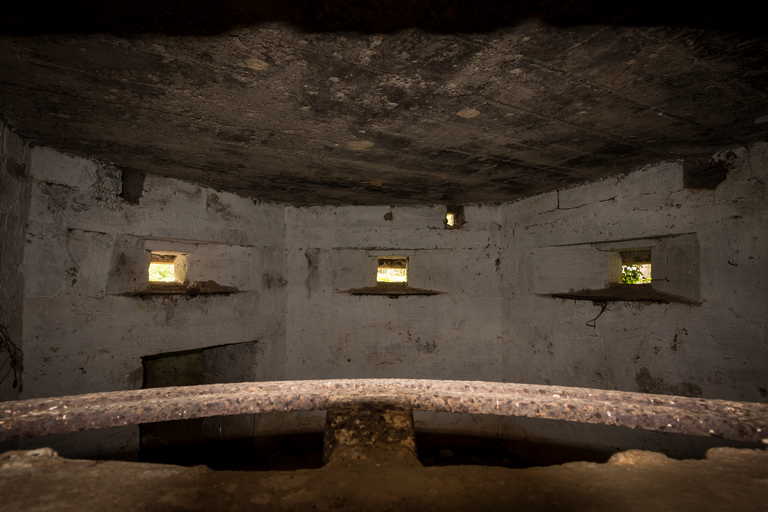
Khai Dinh Tomb
The Khai Dinh Tomb is located about 11 kilometers south of Hue in the village of Chau Chu. The construction of this intricate tomb for the penultimate Emperor of Vietnam Khai Dinh (1916-1925) took a full 11 years to complete. The Khai Dinh tomb is an impressively large and well preserved attraction.
Walk through the courtyard at the lower level of the tomb surrounded by large concrete characters in an almost chess-like layout. Continue up the stones stairs to reveal the inner sections of the tomb and a decent view over the whole area.
Gia Long Tomb
The farthest away of the Hue attractions described here is the Gia Long Tomb. Located about 20 kilometers from the city this Hue attraction can be a bit tough to get to on your own without the proper directions. Make sure you have downloaded my set of location pins to ensure you get there and don’t get lost.
The tomb was originally built in 1814 for the wife of the Emperor Gia Long but in later years become the burial site for the Emperor Gia Long himself.
The Gia Long Tomb is set out between a mixture jungle and farmland overlooking a picturesque small lake filled with Lotus flowers. From the location of the tomb you can have great views of the mountain ranges and forests surrounding the province of Hue.
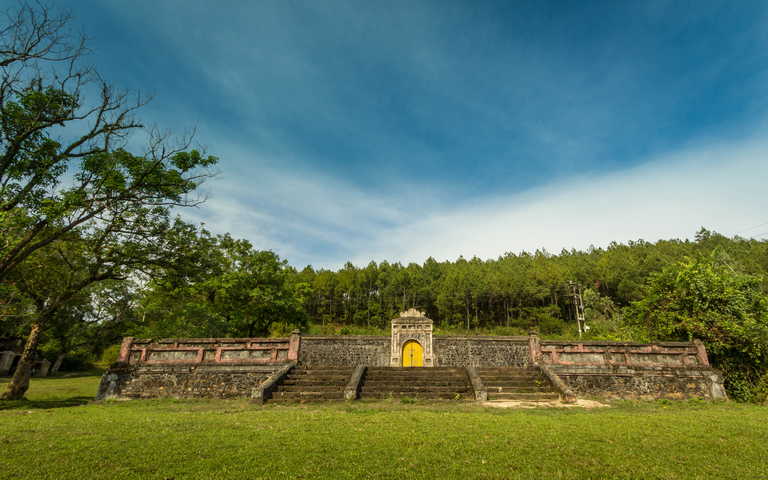
Meet Up with a Local Farmer
One of the most genuine experiences I had in Hue was meeting a local famer along the banks of the Perfume River some 20 kilometers outside of the city. Intrigued by the local farming community I began to ask a few questions in broken Vietnamese to which came a response in perfect English Where do you come from? Before I knew it we were in deep conversation talking about the local way of life and the long history of Vietnam.
Being invited back to the family house of a local farmer is something I’ll never forget. Sitting back in comfortable armchairs in the backyard, eating a huge freshly caught catfish and knocking back a couple of shots of rice wine infused with snake and raven.
The farmer took us around the outskirts of hue as a local guide, riding our motorbikes along the winding dirt roads. We explored the way through rice paddies and past local temples, meeting other farming villages and crossing the river by a makeshift floating bridge.
Meeting a local farmer is not something that a guide book will tell you to do. However it is a truly rewarding experience that I highly recommend trying to peruse.
For More Local Experiences Read: Riding the Ban Gioc Waterfall Motorbike Loop
There really are plenty of Hue attractions available, more than seems apparent at first glance. Whether it be the Imperial City, exploring tombs from the Dynasty times or getting to grips with the devastation of the American-Vietnam War. It is well worth giving Hue a few full days to properly explore.
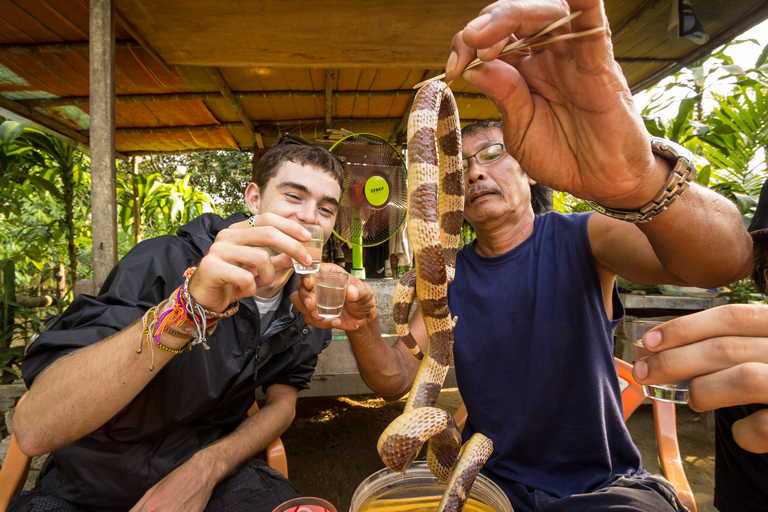
What were your favorite Hue attractions and why? Or have I missed anything that you’d recommend? Drop your comment in the box below!



